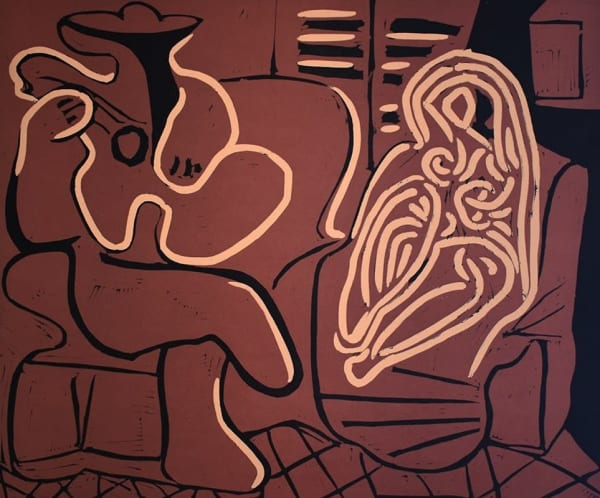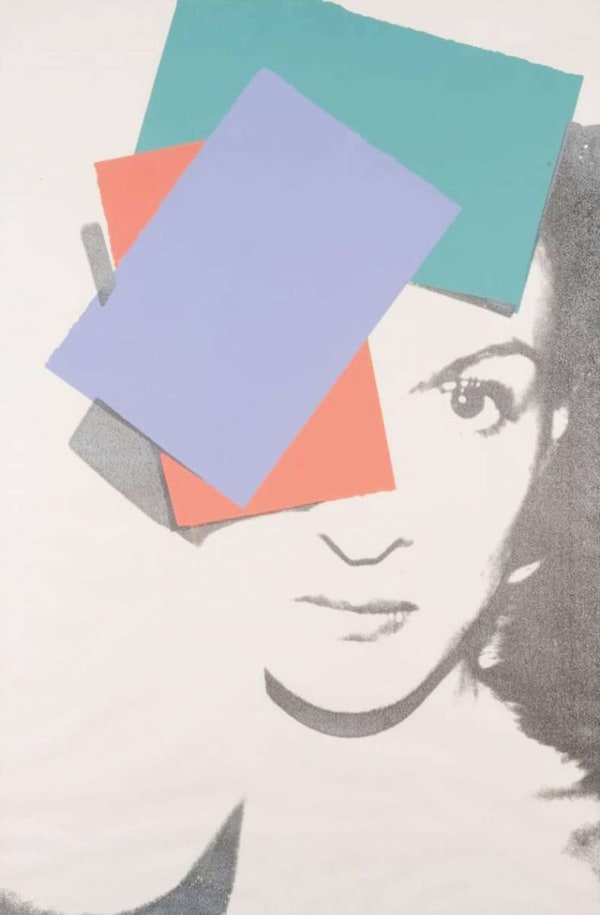As of 2025, Pablo Picasso's print market remains a cornerstone of the global art investment landscape, offering both stability and growth potential for collectors and investors alike.
Over the past decade, Picasso's print market has demonstrated remarkable resilience. Annual turnover has averaged $17.6 million, peaking at nearly $22.7 million in 2023 before a modest correction to $18.7 million in 2024. The unsold rate has consistently remained within a narrow band of 25–34%, improving slightly to 27% in 2024—an impressive feat for an artist with such high market exposure.
Accessibility and Range
Picasso's extensive body of work in printmaking—including etchings, lithographs, and linocuts—offers a diverse range of entry points for collectors. Prices for his prints can vary widely, with some color works starting around $10,000 and others reaching into the millions, depending on factors like size, color, and edition. This accessibility allows both new and seasoned collectors to engage with Picasso's art at various investment levels.
Scarcity and Demand
A significant portion of Picasso's works are held in private collections or museums, limiting the supply available on the market. This scarcity, coupled with growing demand, particularly among younger collectors, contributes to the appreciation in value of his prints over time.
Picasso's print market in 2025 exemplifies a blend of historical significance, market stability, and adaptability to modern investment trends. His prints not only offer aesthetic and cultural value but also present a compelling case for long-term investment. Whether through traditional acquisition or innovative platforms, investing in Picasso's prints continues to be a prudent choice for diversifying one's portfolio.












